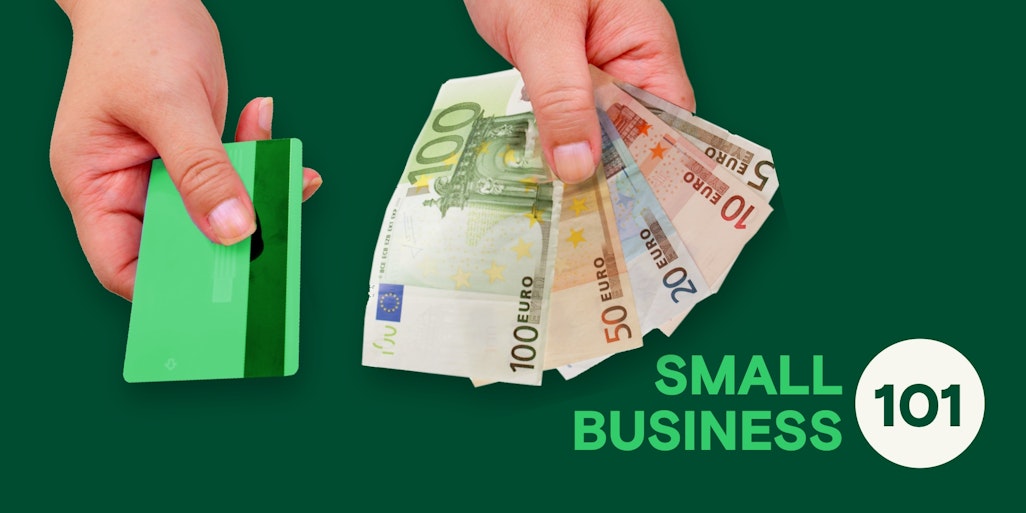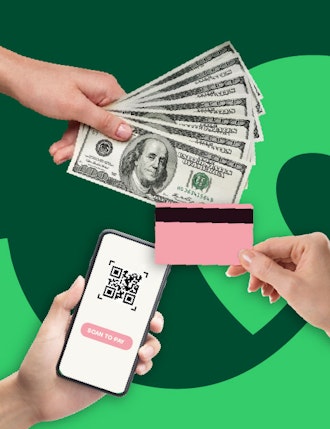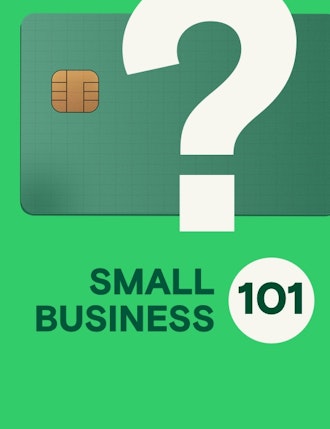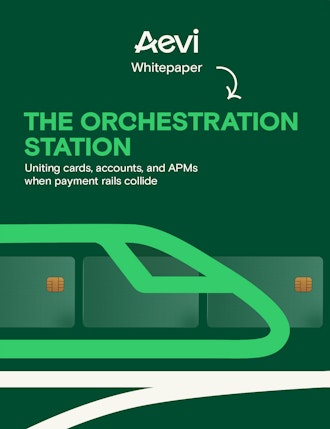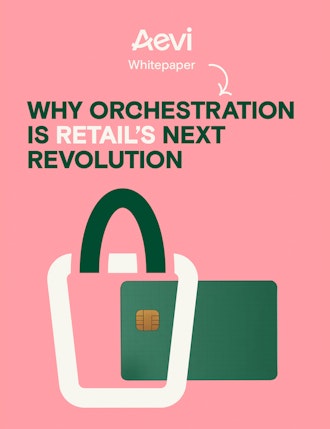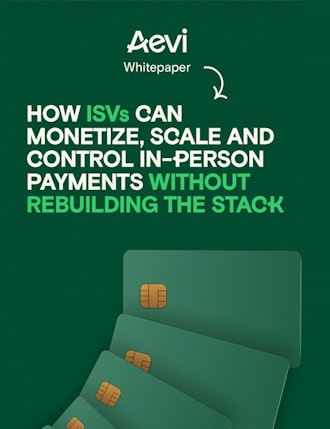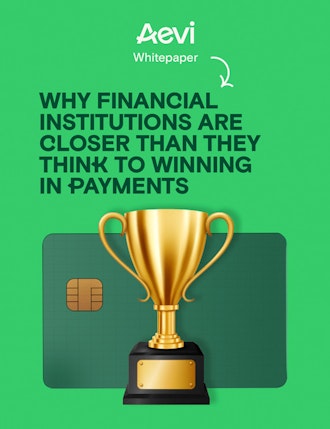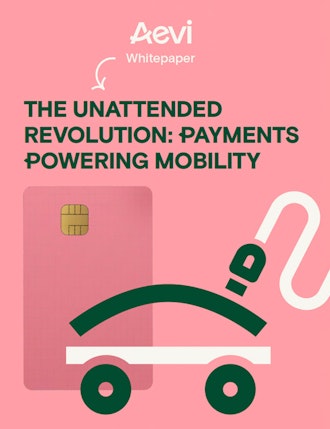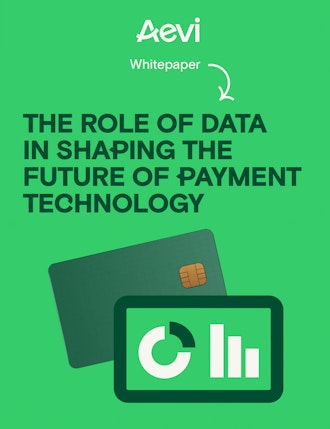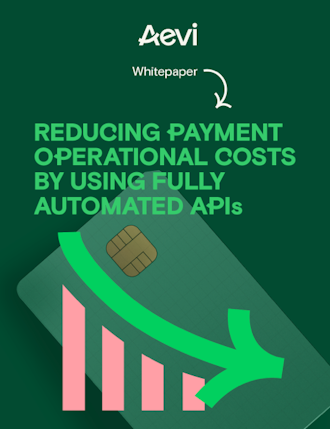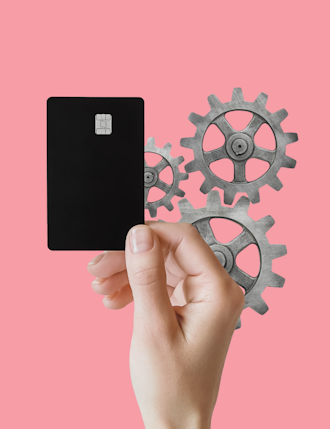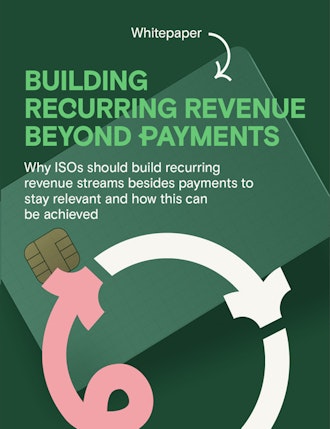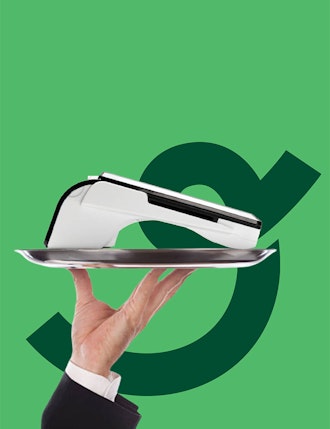Getting the funds from your sales into your account is crucial for your small business. It impacts your cash flow and helps you grow and scale, but how you take payments from your customers is changing.
Choosing the right payment method for your small business is a crucial decision that can greatly impact both your operations and customer satisfaction. With a wide variety of payment methods available that cater to both in-person and online businesses and payment technologies continuing to evolve, it can be overwhelming trying to decide which one best suits your specific needs.
In this blog post, we will guide you through the process of selecting the ideal payment method for your small business, focusing on the most commonly used options. Whether you’re a brick-and-mortar store, an e-commerce venture, or a hybrid of both, we’ll explore the key considerations you’ll have and provide insights into the different options that are out there so you make an informed decision about the payment system that’s best for your business.
The different types of payment methods
There are a variety of payment methods you can choose for your small business, including:
Cash: This is of course the traditional way of paying. Taking cash payments does bring with it some advantages as you won’t pay any fees for your transactions like you do with credit cards for example. You also get your funds immediately without having to wait for it to clear in your account. One of the downsides of cash is that you open yourself up to human error when you or your staff accept it. The use of cash is also dwindling since the pandemic, with many consumers preferring alternative methods.
Cheques: This might be an outdated method of payment for many consumers, but a lot of business-to-business transactions still occur via cheque. It’s a super simple method of payment to accept as all you need is a merchant bank account where you can pay the cheque into – you can also pay cheques online via your bank’s app too. The real downside with cheques is the time they take to clear, which is often a minimum of four working days.
Card payments: There’s no doubt about it, the pandemic changed the way consumers pay. In fact, in 2021 90% of transactions were paid for by card, and the following year 90% of all card transactions were done so using a debit card.
Allowing your customers to pay by card brings a range of advantages. First and foremost, you’re giving your customers their preferred method of payment, which means you’re not missing out on valuable sales. Secondly, cards provide a smooth checkout process whether in person or online. Consumers can also put larger transactions on their credit cards for example, which gives you the potential for bigger sales across a broader demographic.
The downsides of card payments are the fees you pay, the potential for chargebacks and the card being declined. Fraud is also a key issue with card payments, with £1.2 billion lost to card fraud in the UK in 2022.
Digital wallets: This has become the in-person payment method of choice for many customers and involves them tapping their phone on your point of sale (POS) system. The most prevalent include Google Pay and Apple Pay. This payment method can be an issue for some small businesses, due to the number of wallets available and the time and expense it can take to integrate them. It is a much more secure option than card payments, however.
Online payment gateways: If you’re accepting payments online, a payment gateway enables your customers to pay on your eCommerce website. In some instances, this will be directly on your site where they simply use their card to pay. In other instances, it may redirect them to a third-party site like PayPal. When choosing a payment gateway for your business there are a variety of factors you’ll need to consider (link to choosing a payment gateway blog). Find out Aevi’s Platform which includes our payment gateway.
Buy Now Pay Later: Alternative payment methods like Buy Now Pay Later (BNPL) are becoming more and more popular, especially amongst Gen Z consumers (link to 2023 trends article). When paying online, a consumer will select a BNPL method such as Klarna and choose to pay in instalments – usually three. As a retailer, you will need a relationship with Klarna to get this set up.
With BNPL you get paid immediately by the provider rather than in instalments. The advantage of BNPL is that your customers may be more willing to make bigger purchases if they have the option of splitting it across several payments.
Cryptocurrency: This is a payment trend that can’t be ignored, with more and more bigger businesses starting to accept it. If you’re in an industry where crypto payments have or are becoming the norm, it’s a payment method you’ll need to consider. And it does bring key advantages. You’ll pay lower transaction fees, have instant settlement times, enjoy a reduction in fraudulent chargebacks, and have access to an affluent and growing customer base.
BACS direct debit: Whilst not ideal for retailers making one-off sales, direct debit is perfect for subscription services or ongoing B2B relationships. It is simple to set up and ensures you get paid on time without the hassle of chasing your customers. Plus, you can manage your cash flow better if you know you have regular payments coming in.
The factors you need to consider when choosing a payment method
So, what is the best payment method for small businesses? It depends on your business and your customers. When choosing the right payment method for you, you’ll want to consider the following factors:
Your customers: What is the chosen method of payment for your customers? If you’re operating online do they want PayPal and BNPL alongside card payments? When dealing with a Gen Z demographic, for example, alternative payment methods are essential. For an offline business, do you choose to accept cash payments at all? Or would your customers rather simply use cards or a digital wallet?
Remember, your customers are the lifeblood of your business. It’s crucial to make payment easy for them, and in a way that they’re used to.
The cost: What fees do you need to pay to accept a certain type of payment? What are the charges for credit card payments with your bank for example? What fees will you need to pay for BNPL providers? These are key questions to answer and evaluate as adding costs into the mix of course impacts your bottom line.
You’ll also need to think about the cost of technology for your business. If you’re taking payments at the point of sale via debit card or digital wallets, you’ll need technology that can seamlessly handle both with ease.
The ease of integration: How easy is it to integrate new payment methods into your payment process? Does it require working with a third-party supplier? Can you do this through an API with your existing payment orchestration software or do you need to set up a separate process? Again, these are big factors.
Security: How does your chosen payment method impact security? Are you opening yourself up to fraud with card payments for example? It’s essential to work with payment providers that offer fraud protection.
Making the decision
As a small business owner, you have a big decision to make when it comes to choosing the right payment method for your business. But this can’t be a static decision. Payment methods change, as does consumer desire for new and alternative methods. If you don’t move with the times, you could be left behind. This requires flexible payment orchestration software that enables you to simply and effectively add new payment methods into the mix, whether online or in-person.
For more insights head to our newsroom, and more information about in-person payment orchestration discover our unique platform.
Interested in reading more around this subject? Here are some useful articles…

